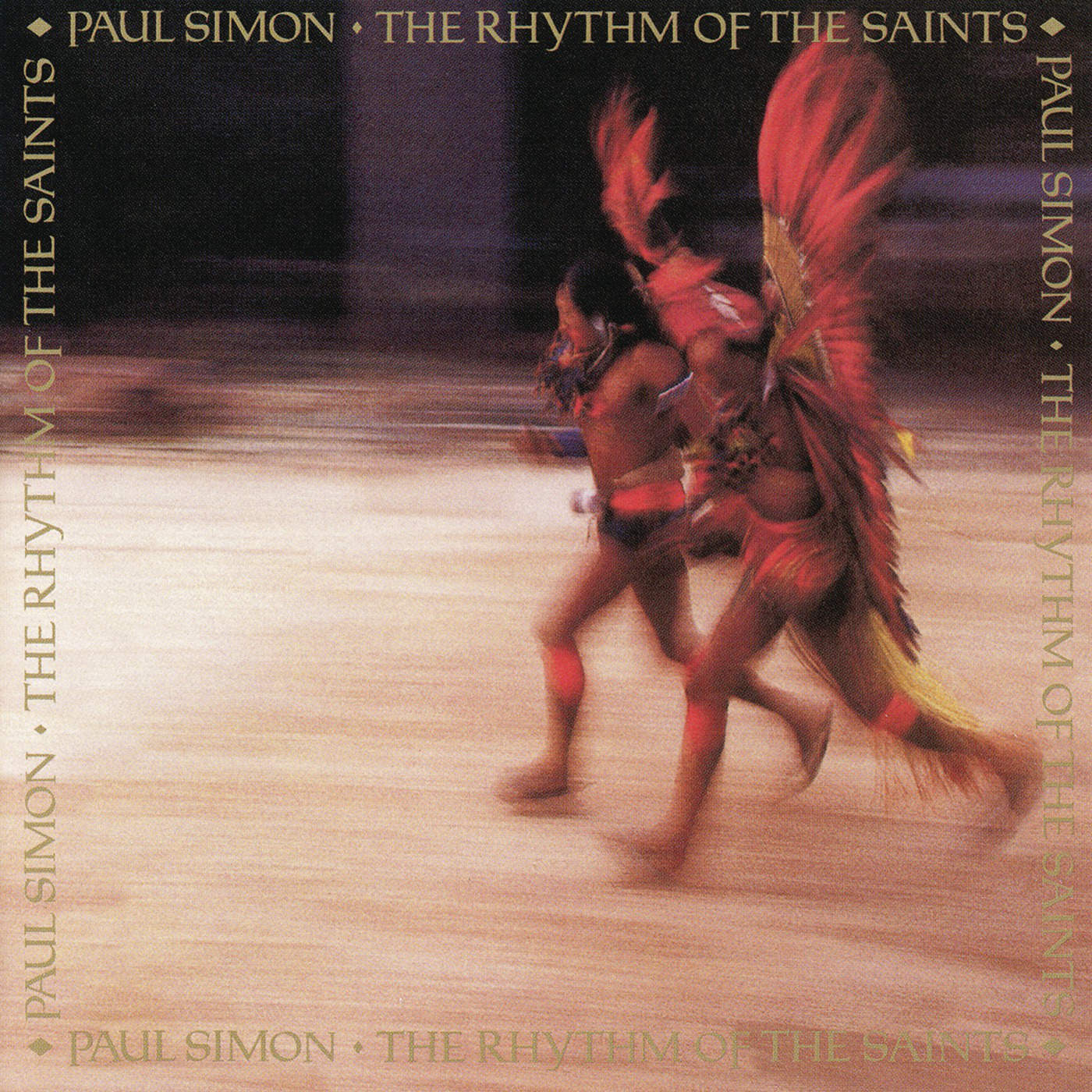By the late 1980s, Paul Simon had every reason to sit back, relax, and stop trying.
The 60s had brought fame, acclaim, and “The Graduate”. The 70s started with his last, and arguably greatest album as one half of a legendary duo, and saw the inevitable launch of his highly successful solo career.
In the early 80s, he hit a slight bump in the road with Hearts and Bones, an uncharacteristic commercial flop. But he returned in 1986 with the genre-crossing, Grammy-winning, and irritatingly catchy Graceland, now widely acknowledged as his best work.
But rather than cash out and get lazy, Simon kept pushing himself. He delved further into African instrumentation, and experimented with Latin rhythms on his 1990 follow-up, The Rhythm of the Saints.
As is often the case with follow-ups to career-defining albums, The Rhythm of the Saints has been mostly forgotten by non-fans. You won’t hear any of its songs in commercials, or being covered by later generations of musicians. But it’s solid, and this track in particular has aged well.
Paul Simon himself, it has to be said, has aged well. He’s continued recording and performing in the decades since this song was released, and has never seemed to be milking his former glory. He’s a poet who never seems to run out of things to say.
Which is why it was so sad for so many people when, just a month ago, Paul Simon announced that he will retire from live performance. His current farewell tour will be attended by multiple generations of music fans, and if it comes anywhere near you, go.
What makes this a beautiful song:
1. Paul Simon’s beautiful lyrics contemplated a huge range of topics through his career, and here, he tackles just about everything in three minutes; from Chernobyl to food shortages to the music industry to personal relationships.
2. Much of Simon’s work, while pretty much universally brilliant, sounds like a product of its time. This song sounds less like something released in 1990 and more like an outtake from a 2012 Snow Palms record.
3. Although it remains locked in one chord for the duration, there’s a definite sense of forward movement. It’s in the percussion, in the urgency of the lyrics, in the invigorating chromatic climb every eight bars. Like his career, it’s an arrow pointing emphatically forward.
Recommended listening activity:
Buying a new frame for an old photo of yourself.
